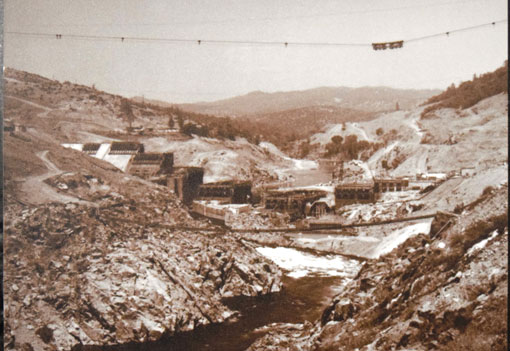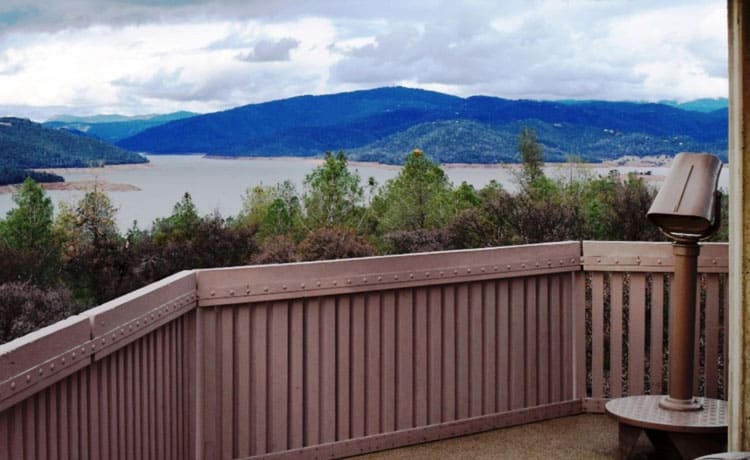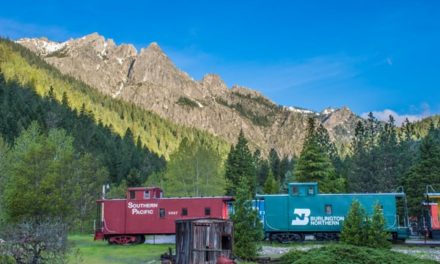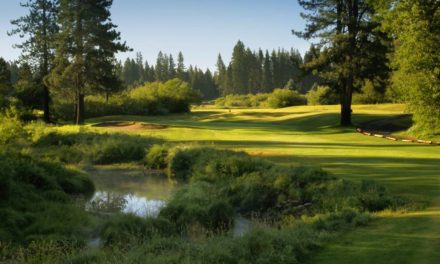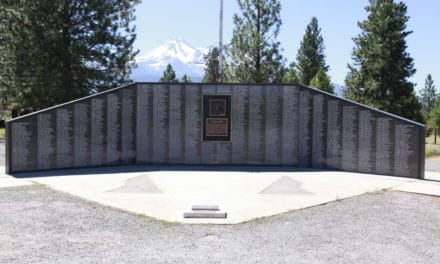A Walk Through The History Of Oroville
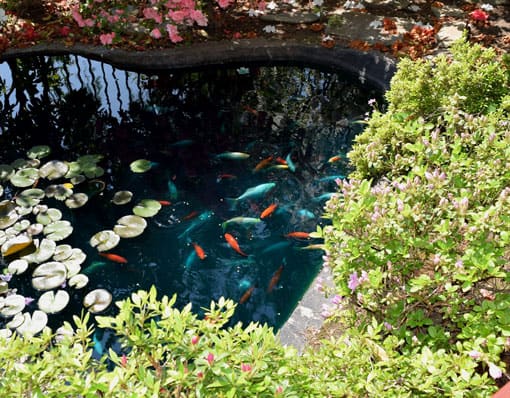
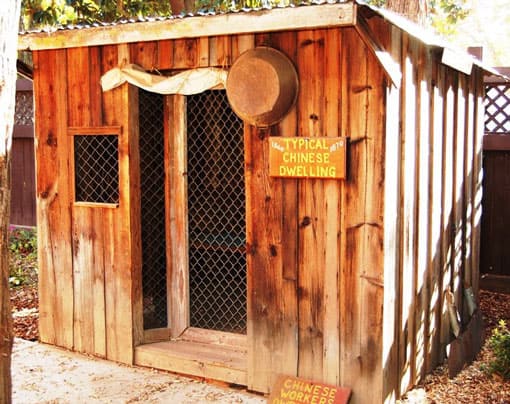

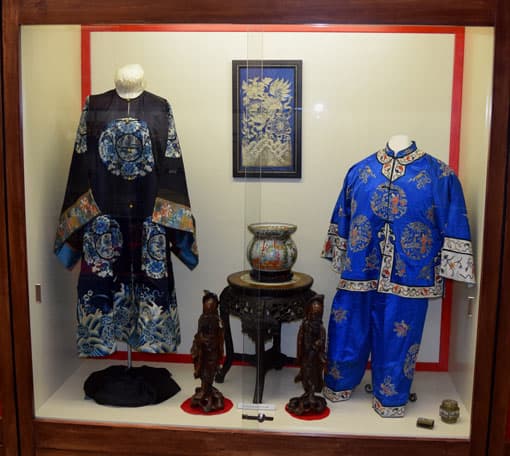
If you’re looking for a weekend getaway that will include a scenic drive down beautiful Feather River Canyon, think about visiting a few intriguing museums of Northern California located in Oroville, Butte County. The first time I visited Oroville’s most unique and desired destinations was 1991. I have returned on many occasions and suggest spending your time at only the best three attractions. And, if kids are along for the journey, they will definitely enjoy them the most.
Beginning at Highway 70 and Montgomery Street, turn left and head east. Travel a few blocks and on the right will be a small sign that will point you in the direction of your first stop, Oroville’s Chinese Temple, open daily from noon – 4 PM and located at 1500 Broderick Street, (530) 538-2496, admission $3, children under 12 free.
Built in 1863 to serve a very vibrant and active Chinese community in the Oroville area, the temple is listed on the National Register of Historic Places and California Landmarks. It includes three chapels, one for each of the major ways of life in China. The main chapel was a place of prayer for various worships including Taoism, Buddhism, and Confucianism. Beyond the chapels are several exhibits that showcase Chinese costumes from 1840 to 1940, a replica of a typical Chinese miner’s hut from the 1860’s, the Fong Lee Building which is a replica of the Fong Lee Company that contains the original light fixtures, cabinets, and artifacts from the medicinal herb and gold purchasing store. The courtyard and gardens include plants that originated in China and a fish pond that has lily pads that bloom in the summer.
In 2015 the City of Oroville invested almost $500,000 to improve and repair many aspects of the complex. Highlights included that all bricks were repaired, a new roof to protect the historical collection and the installation of an impressive red entry gate to the courtyard.
When leaving the Chinese Museum, head east only one block to the Bolt’s Antique Tool Museum. Celebrating the tools that built our world, the museum contains “the largest known documented collection of hand tools in the United States,” writes Smithsonian Magazine. For every person that holds an interest in tools, this museum is a must see! Check them out online @ http://www.boltsantiquetools.com/
Your last stop will be Lake Oroville Dam and Visitor’s Center. Construction of Oroville Dam took almost seven years to complete, is 770 feet high, 6,900 feet long, 3,500 feet thick at the base, and contains 80 million cubic yards of earth material. On May 4, 1968, speaking to 3,500 people, Governor Ronald Reagan dedicated the Oroville Dam, the tallest and one of the largest earthen dams in the United States.
Oroville Visitor’s Center is located high above Lake Oroville, visitors can climb a 47-foot tower to view the lake, Table Mountain and the Sutter Buttes (the world’s smallest mountain range). Operated by California Department of Parks and Recreation, the Visitor’s Center boasts an abundance of history and exhibits, including the early development of the Oroville Dam, local resident wildlife as well as Ishi, the last of the Yahi tribe. More than forty videos are available for viewing upon request in their theater. The Lake Oroville Visitors Center is open every day except Thanksgiving, Christmas, and New Year’s Day. It is located at 917 Kelly Ridge Road, (530) 538-2219, free admission. www.lakeoroville.water.ca.gov.

